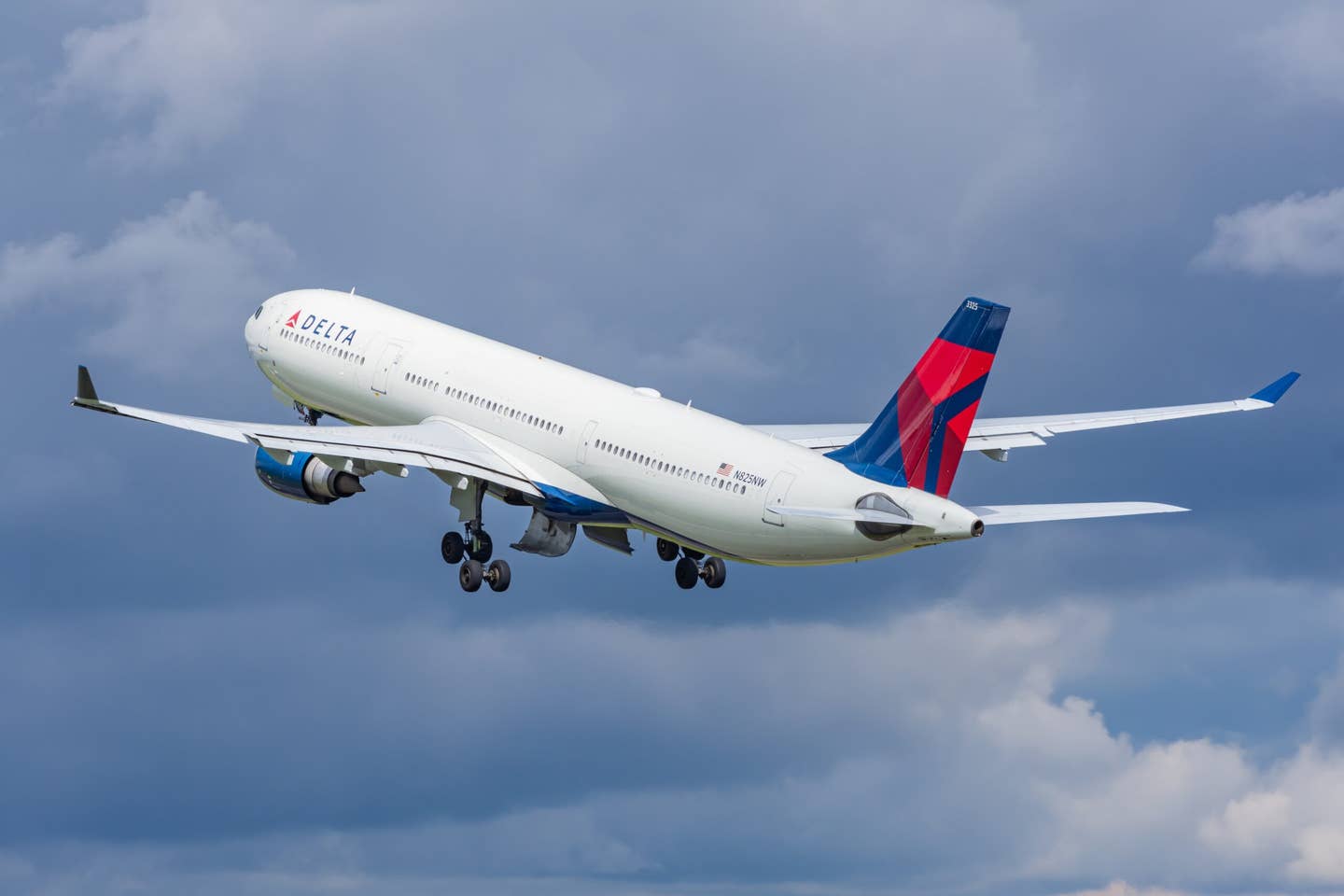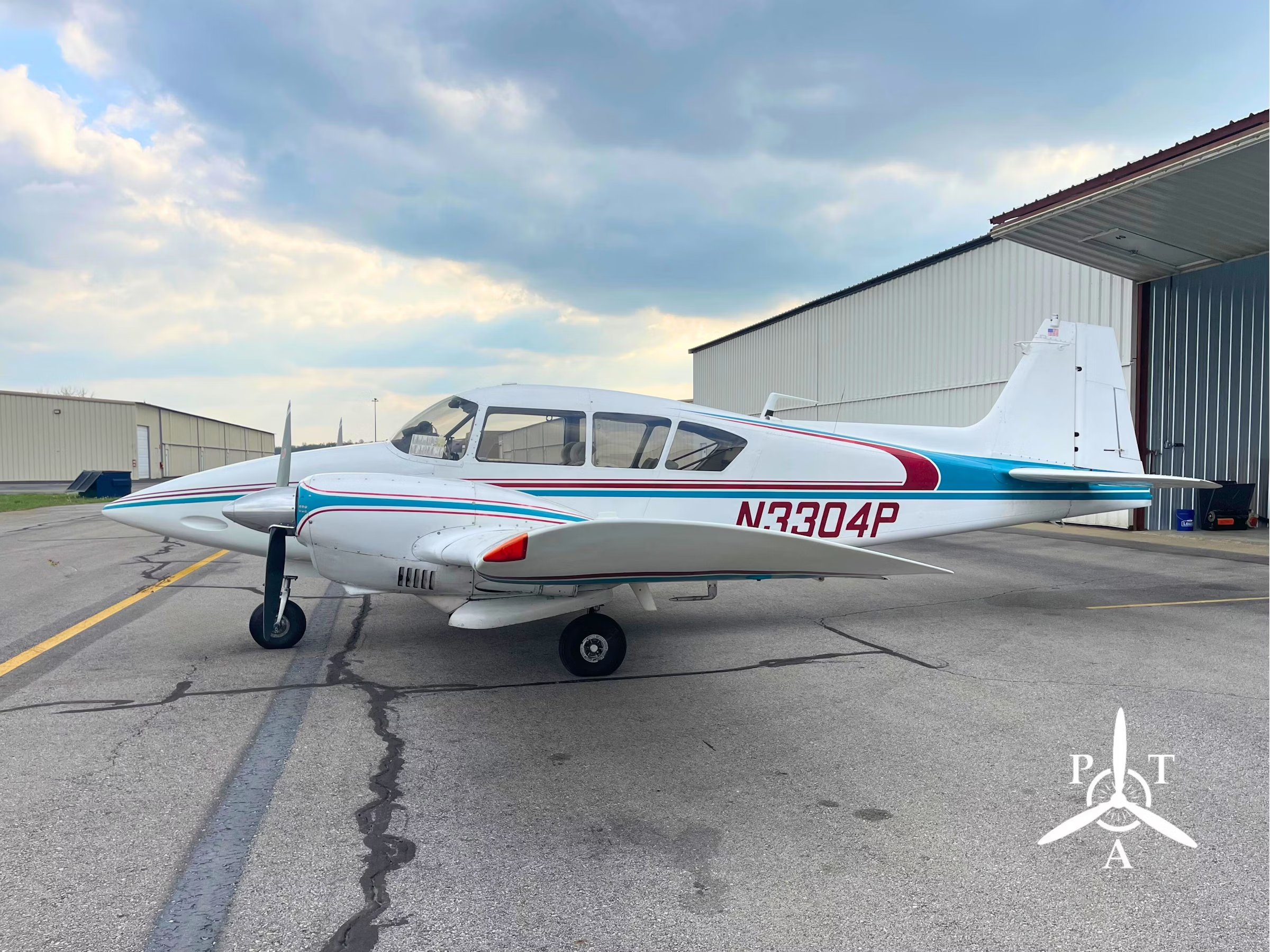
Ultra-long-range turbine platforms such as the Global 7500 drive the continued value of the overall business aviation market. Bombardier
In a normal year, Honeywell has released its annual Global Business Aviation Outlook in a kickoff event at the National Business Aviation Association’s Business Aviation Convention and Exhibition. This year, the team at Honeywell delivered an advanced briefing to Flying ahead of the forecast’s debut on October 6.
In that briefing, the tempered optimism stood out, as we discussed the primary findings of the report, which is based on an extensive survey of operators around the world. Key among those: The 5-year purchase plans for new business jets has not changed substantially since last year at this time. The team added questions related to the COVID-19 pandemic, and they fielded responses from operators during the period between July and September 2020—while many areas of the US and the world were reopening or, alternately, experiencing a resurgence of cases. “Four out of five operators said their plans were not affected by the pandemic,” said Shantanu Vaish, in strategic marketing at Honeywell, and one of the team leaders on the outlook. The short-term impact of the pandemic on deliveries and purchases is not projected to do lasting damage to the market.
The 5-year plan projects as many as 7,300 new business jet deliveries, worth $235 billion, in the period from 2021 to 2030, which is down 4 percent in deliveries from the same 10-year forecast made a year ago. This marks replacement of 16 percent of the fleet, which falls mostly in line with 2019 projections. The market shifts as you go around the globe, however, with Latin America—including the largest markets in Mexico, Brazil, and Venezuela—softening more significantly, with a 6-percent drop to its 5-year low point. Sixty percent of operators polled in this region felt their respective economies would decline substantially before recovering, indicating the source of uncertainty in the purchase forecast. Last year marked a 5-year low for replacements in the Middle East and Africa region, so the increase seen in 2020 is tempered by that low point. The forecast from the Asia Pacific region remains flat, and Europe is off by 4 percent from 2019.
North America retains its share of the percentage of the market for replacements with 64 percent—a 4-percent gain over 2019. Optimism prevails in the region, with 82 percent of those operators polled believing the economy would grow in the next two years. Whether that is simply from the contraction experienced in the first half of 2020 or a greater growth was unclear.
Large-cabin aircraft lead the market segments by airplane category, representing 42 percent of projected new jets in units delivered, a drop of 4 percent. Small-cabin jet units rose by 6 percent to take 35 percent of the pie, with midsized jets at 23 percent. By value, large-cabin jets clearly accounted for even a larger slice, with 69 percent of the delivery value by cabin class, with 19 percent to midsize-cabin jets, and 12 percent to small-cabin-class jets.
On the used side of the market, the overall planned replacement and expansion percentages were off 6 percent from 2019, which Vaish noted was in line with historical cycles and not necessarily from the short-term impact of the pandemic. “2019 saw a 5-year high,” said Vaish, so a small drop—as noted—was expected.

Sign-up for newsletters & special offers!
Get the latest FLYING stories & special offers delivered directly to your inbox






